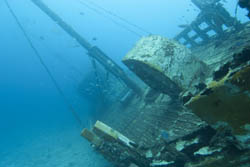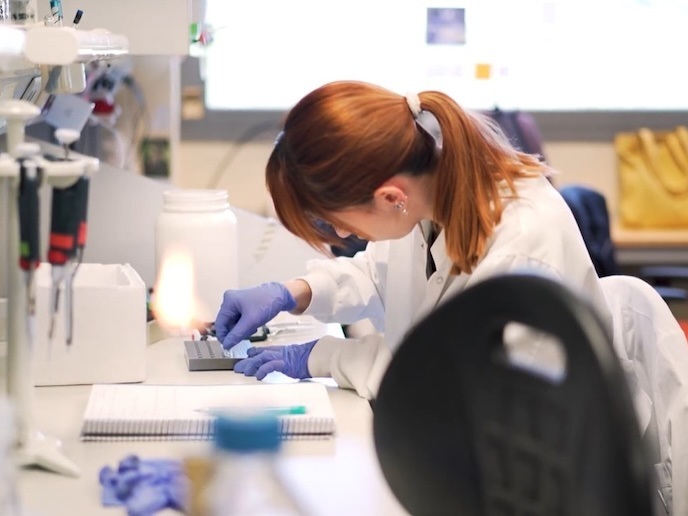Rescuing the Baltic Sea's historical shipwrecks
Surrounded by nine EU countries and Russia, the Baltic Sea is somewhat of a repository for a well preserved collection of shipwrecks and several underwater archaeological settlements. Yet these treasures are under threat due to the suspected emergence of shipworm (Teredo navalis), possibly as a result of global warming, that could eat away at our undersea heritage. The EU-funded project WRECKPROTECT worked on a new approach to pre-empt this phenomenon. The project gathered a multidisciplinary team of geophysicists, marine biologists, marine archaeologists, wood scientists, and conservators from Denmark, the Netherlands and Sweden to achieve its objectives. It then empowered relevant authorities such as museums and archaeologists with tools to predict risk areas and with methods to protect underwater sites before any serious damage could occur. More specifically, the project provided stakeholders with a geographic information system (GIS) tool to assess the spread of Teredo navalis in the Baltic Sea. It also provided guidelines and recommendations on efficient methods for the physical protection of wrecks, an effort supported through workshops and training courses. To the relief of all involved, the new tools found that the spread of Teredo navalis has declined, and that sea currents were leading wood larvae away from the Baltic Sea. Nonetheless, the project communicated vital knowledge on this phenomenon and on microbial degradation of wood to the stakeholders, helping prevent possible shipworm outbreaks in the future. The knowledge and guidelines were spread through science journal publications, conferences, workshops and the project website. New areas of collaboration and a roadmap for further research on the topic have been outlined by the project team, developments that will strengthen our knowledge about preserving underwater heritage. These results will undoubtedly be useful for shipwrecks and ancient sites in other bodies of water, both in Europe and beyond.







